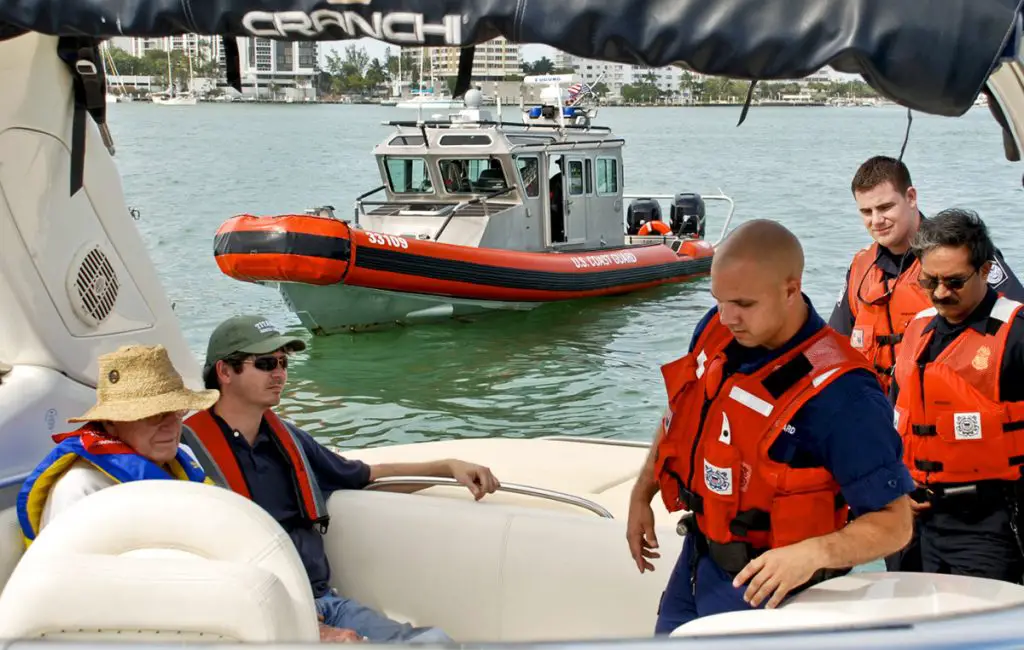Staying Safe on the Water: The First Actions After a Boating Accident
Boating offers a fantastic way to enjoy the outdoors, providing relaxation, recreation, and stunning scenery. However, accidents can happen on the water just as they can on land. Being prepared for the unexpected is crucial, especially knowing the immediate actions to take in the event of a boating accident. This article dives into the essential first steps a boat operator must take following a collision or other boating mishap.
The Golden Rule of Boating Emergencies: Ensure Safety First
Regardless of the severity of the accident, the paramount concern after a boating mishap is the safety of everyone involved. Here’s the golden rule to remember:
- Ensure the safety of yourself, your passengers, and anyone else involved in the accident.
This may involve:
-
Checking for Injuries: Assess yourself and your passengers for any injuries. If someone is severely injured, call for emergency medical assistance immediately.
-
Headcount: Confirm everyone on board your vessel is accounted for. If someone is missing, initiate a search plan while ensuring the safety of those still on board.
-
Abandoning Ship (Last Resort): If your vessel is sinking or at imminent risk of sinking, you may need to abandon ship. Ensure everyone has a life jacket on and deploy any available life rafts or flotation devices.
Taking Immediate Action: Stopping, Securing, and Signaling
Once you’ve ensured everyone’s safety, it’s time to take immediate actions to prevent further harm and alert authorities:
-
Stop Your Vessel: Immediately stop your boat and avoid leaving the scene of the accident. This demonstrates responsibility and allows you to render assistance if needed.
-
Secure Your Vessel: If possible, take steps to secure your vessel by anchoring it or tying it to a nearby object. This prevents it from drifting further and causing additional hazards.
-
Assess the Damage: Once the situation is under control, briefly assess the damage to your vessel. This information will be crucial when reporting the accident.
Calling for Help: Utilizing VHF Radio and Other Communication Methods
With everyone safe and your vessel secured, it’s time to call for help:
-
VHF Radio: If your vessel has a VHF radio (Very High Frequency radio), this is the primary method for contacting the Coast Guard or other emergency services. Use the appropriate distress call procedures to alert them of the situation.
-
Cell Phone: If a VHF radio is unavailable, use your cell phone to call emergency services. Be aware that cell phone signal might be limited on the water, so having a VHF radio is highly recommended.
-
Visual Distress Signals: If your radio communication options are unavailable, use visual distress signals like flares, smoke signals, or air horns to attract attention from nearby vessels.
Providing Essential Information During Emergency Calls
When contacting emergency services, provide the following crucial information:
-
The nature of the emergency: Clearly state that you’ve been involved in a boating accident.
-
Your location: Describe your location as accurately as possible. This might include GPS coordinates, landmarks, or any other details that can help them find you.
-
The number of people involved: Inform them of the number of people on board your vessel and if anyone is injured.
-
The nature of the injuries (if any): If there are injuries, briefly describe the severity to help them prioritize the response.
-
The condition of your vessel: Let them know if your vessel is sinking, taking on water, or if there are any other hazards associated with it.
Remaining Calm and Following Instructions
Following a boating accident can be stressful, but remaining calm is essential. Listen carefully to the instructions provided by emergency services and cooperate fully with their guidance.
Documenting the Accident
Once the immediate danger has passed and you’ve received assistance, if possible, start documenting the accident:
-
Take pictures: If safe to do so, take photos of the damage to your vessel, the surrounding area, and any injuries sustained. These photos can be valuable evidence for insurance claims or legal purposes.
-
Gather information: Exchange contact information with anyone else involved in the accident, including witnesses.
-
File an accident report: Boating regulations typically require filing an accident report with the appropriate authorities within a specific timeframe. Gather any necessary details and complete the report promptly.
Learning from the Experience: Safety Measures and Prevention
Boating accidents can be life-altering. By understanding the critical first steps to take after a mishap and prioritizing safety, you can significantly improve the outcome for everyone involved. Here are some additional safety measures to consider:
- Regular Vessel Maintenance: Ensure your boat is properly maintained and equipped with all necessary safety.






More Stories
Where to Watch USMNT vs Jamaica National Football Team
How I Met My Monster
How Should a Ring Fit